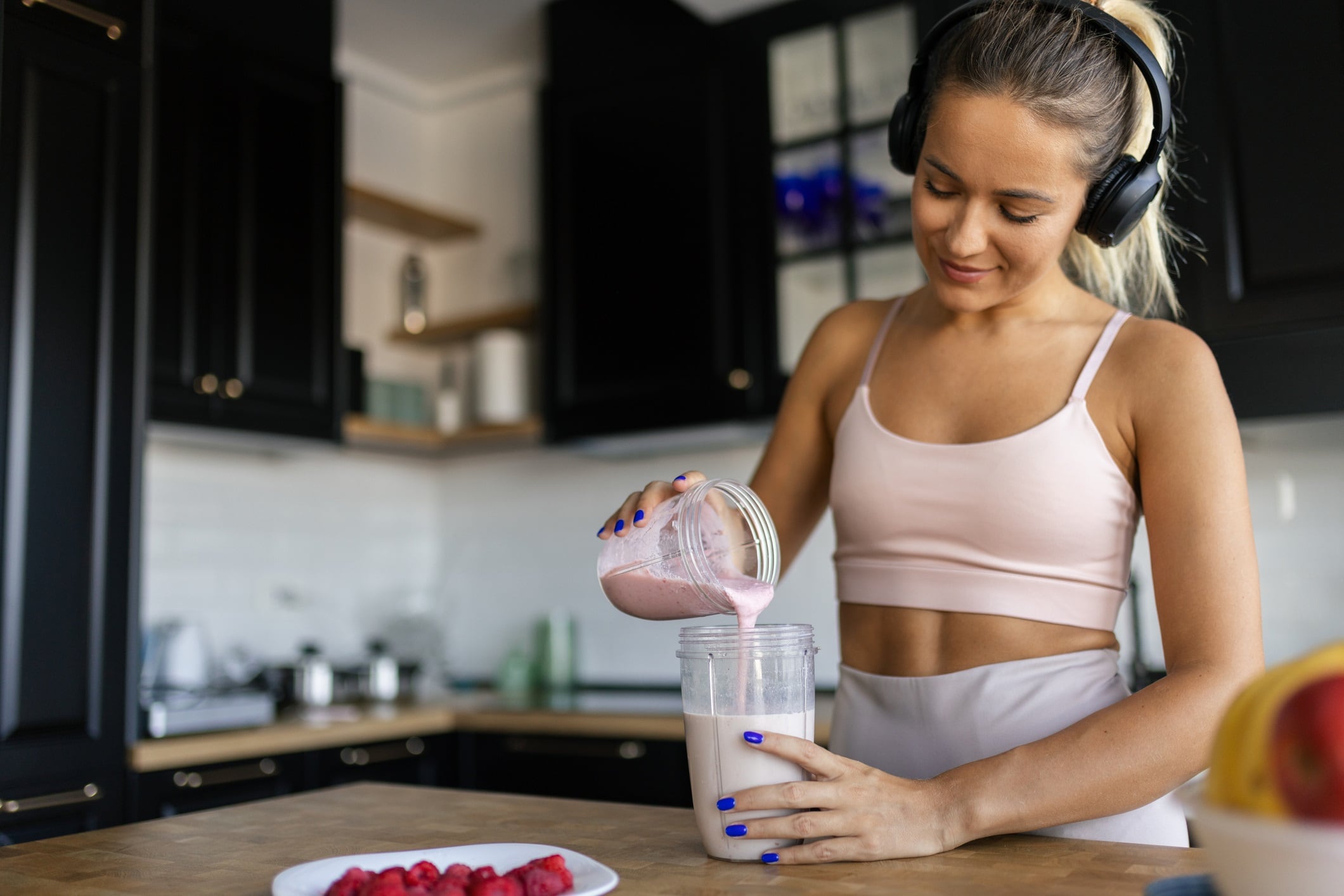GLP-1 isn’t just a twenty-first century fad, it’s completely reshaping the future of weight loss.
Where once, those struggling to shed pounds relied on will-powered calorie deficits, now they can take a daily or weekly injection, eliminating the stress of weight loss.
Sounds too good to be true, right? Well, turns out it’s not, and rates of GLP-1 adoption are shooting up across the globe as a result. In fact, it’s now been tried by a staggering one in eight adults in the US (KFF), taking the global market value to a value of $53.46bn (€46.15bn), with a projected CAGR of 17.46% over the next five years (Grand View Research).
What’s more, brands like Wegovy, Ozempic and Mounjaro have become household names, seemingly overnight.
But what does the growing army of GLP-1 consumers want to eat and drink, and how can the food and beverage industry best serve them?
What are GLP-1 drugs and how do they work?
GLP-1, or glucagon-like peptide-1, is a form of medication, which was originally developed to treat type 2 diabetes. Its aim is to mimic the action of the hormone, GLP-1, which is naturally released into the stomach when food is consumed.
GLP-1 drugs work by activating the GLP-1 receptor in the body. They slow gastric emptying, inhibit the release of glucagon, and stimulate insulin production. This slowed gastric emptying helps the patient to feel fuller for longer, therefore reducing food intake and aiding weight loss.
Understanding the GLP-1 consumer
Getting to know GLP-1 consumers is becoming a high priority for the food and beverage industry, as their numbers rise and buying power grows.
Now a new report from IFF has placed GLP-1 consumers into three categories:
- Health hacker: These people are proactive, data-driven and focused on long-term wellness. The health hacker views GLP-1 as part of a broader bio-optimisation journey. They seek functional benefits in formats such as protein bars, smoothies and enriched hydration blends, prioritising high-quality protein, added fibre and digestive support.
- Remedy reacher: Often managing chronic conditions such as diabetes, the remedy reacher uses GLP-1 to reclaim health, and sees food as both medicine and maintenance. They look for fortified snacks and gut-friendly options that are aligned with medical guidance, favouring meal kits and low-glycaemic index shakes.
- Glow getter: Transformation-minded and focused on lifestyle and self-image, the glow getter wants foods that align with wellness goals and image. They seek portion-conscious indulgences, beauty-boosting nutrition and enjoyable flavours in formats such as smoothies, functional waters and shareable treats.

What do GLP-1 consumers want to eat?
Just because GLP-1 consumers are eating less, doesn’t mean they don’t care what they eat, in fact if anything they care more. The only difference is they’re opting for different types of products - what once appealed to them no longer does.
“One of the most fascinating effects of GLP-1 medications is how they change what types of foods you crave,” says a spokesperson for Genesis Lifestyle Medicine. “People using these drugs often report lower cravings for high-fat, starchy, salty, and spicy foods. Interestingly, while preferences for fatty foods decrease, some people may develop an increased preference for sweet-tasting foods, especially those containing artificial sweeteners like sucralose. This can make it easier to adhere to a healthier diet.”
However, IFF has found that most food and beverage products fall short of meeting the needs of GLP-1 consumers. They also fail to provide a satisfying eating or drinking experience.
As a result, industry is increasingly focussing innovation and new product development on the following areas, in order to appeal to GLP-1 users:
- Nutrition: GLP-1 users are eating less but require more from every bite and sip. They need nutrient-dense, smaller portions, which efficiently deliver protein, fibre and hydration, without overwhelming flavours.
- Sensory experience: 85% of GLP-1 consumers report significant changes in their food and beverage preferences. Common aversions include fatty foods, sweets, deli meats, coffee and alcohol. Dry, sticky and dense textures are also frequently rejected.
- Emotional connections: Many consumers are navigating a changed relationship with food. This change could lead to a sense of loss, and social disruption when eating or drinking outside of the home. Manufacturers should therefore focus on building new experiences for GLP-1 consumers, so they don’t feel like they’re missing out, but rather are building new food and beverage relationships and traditions.



